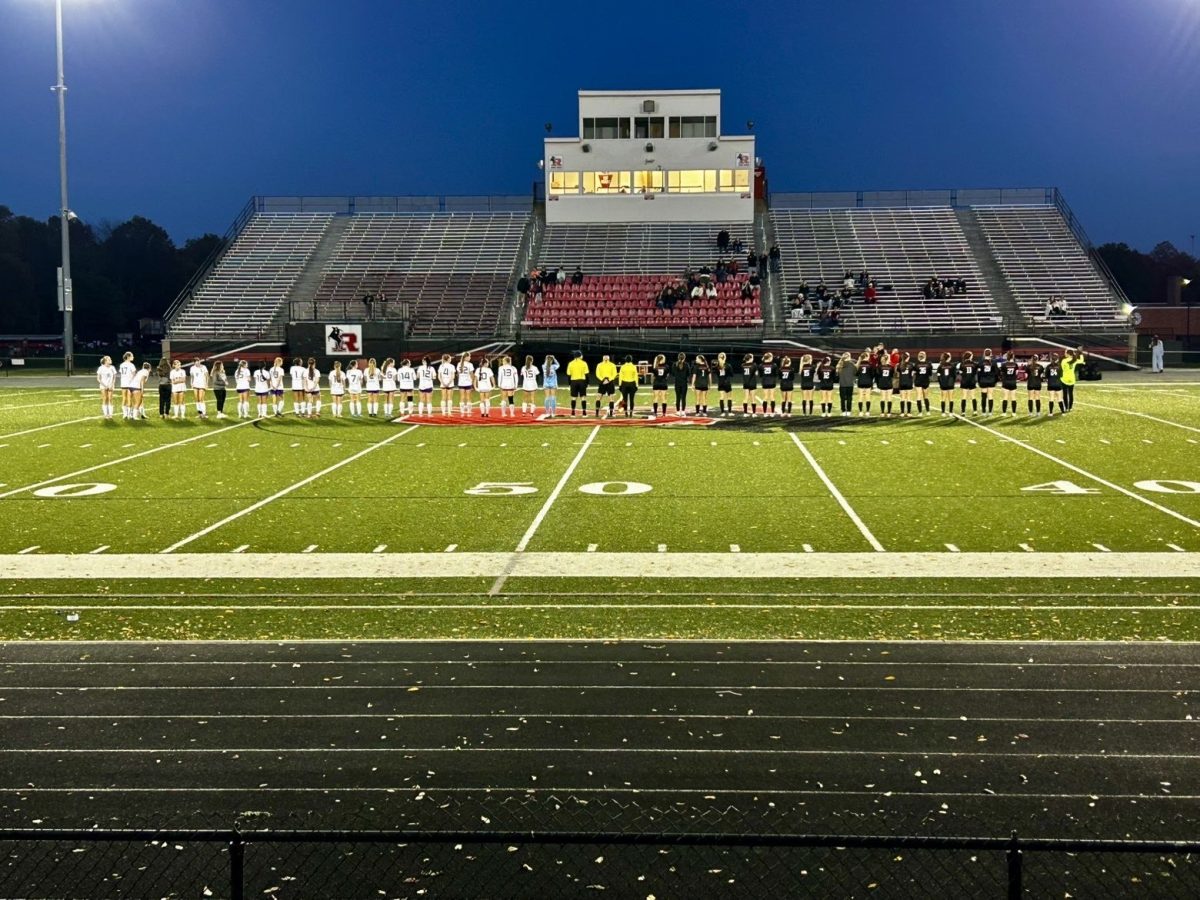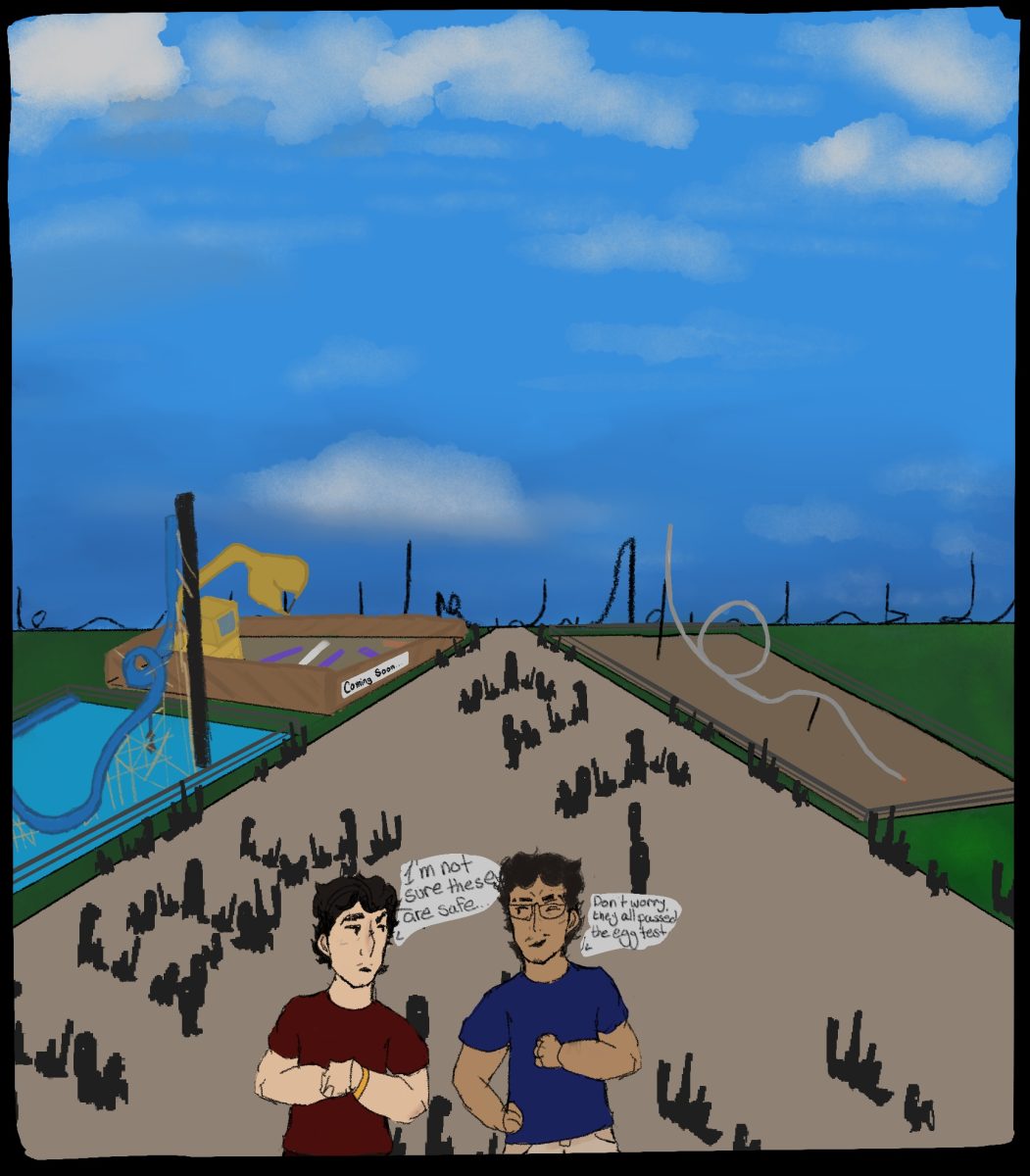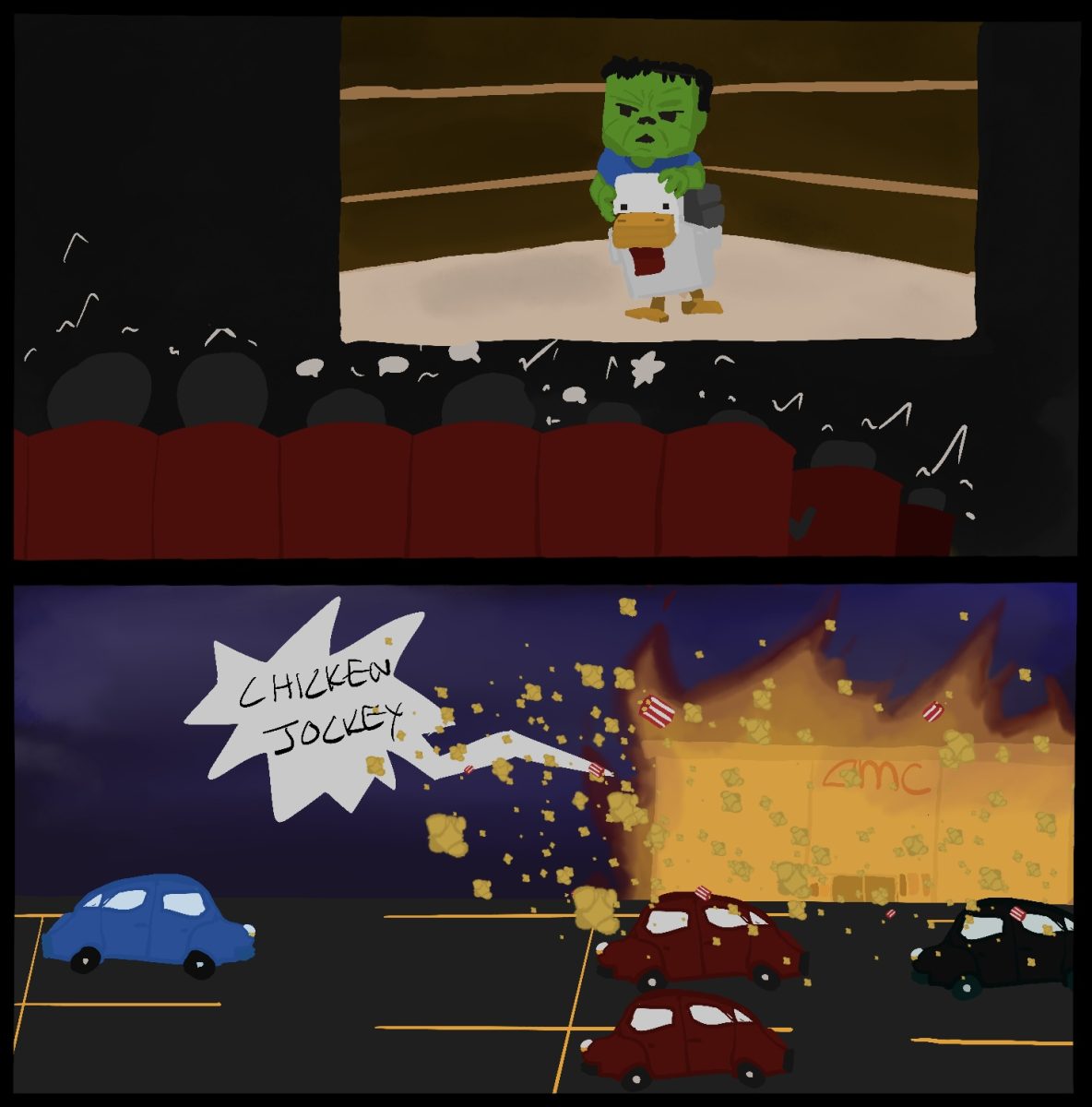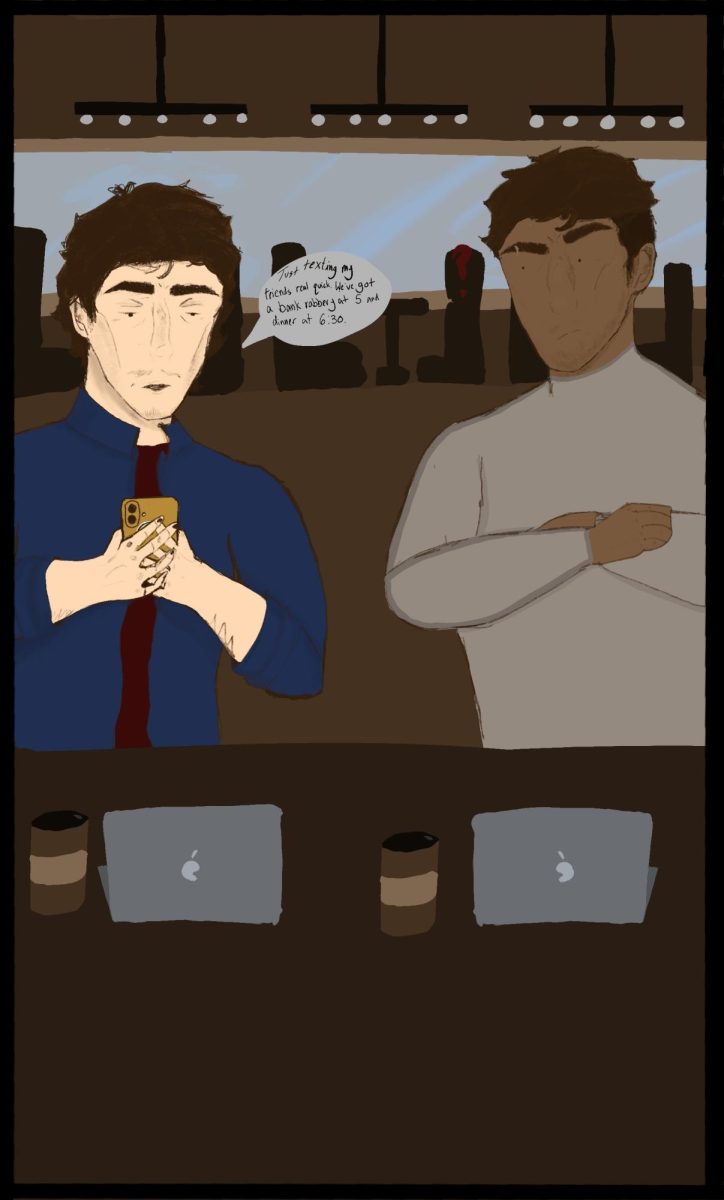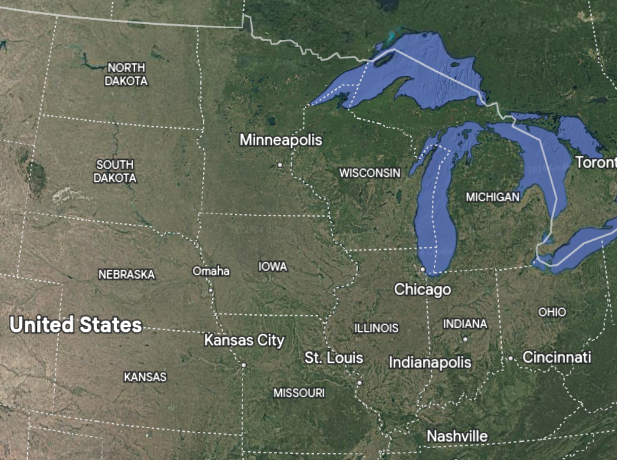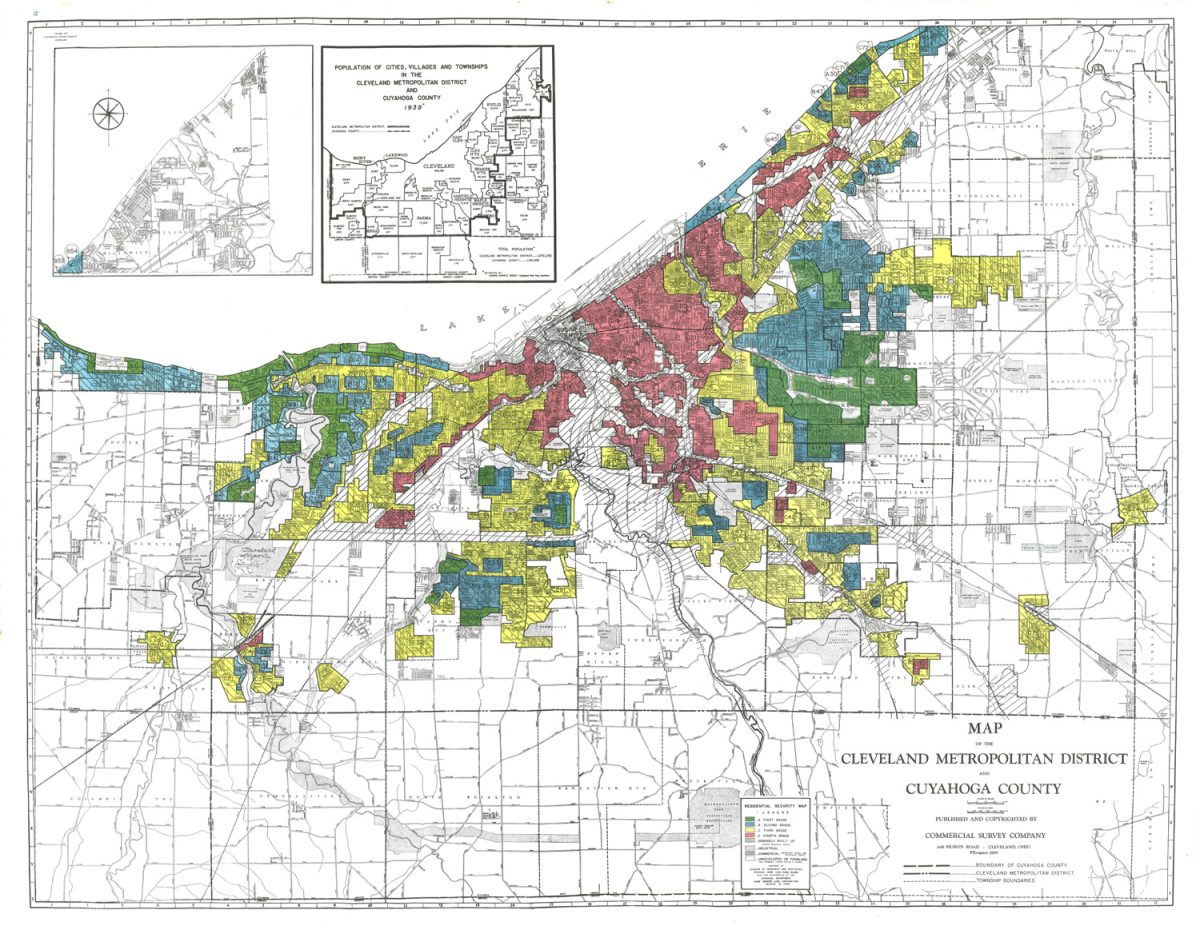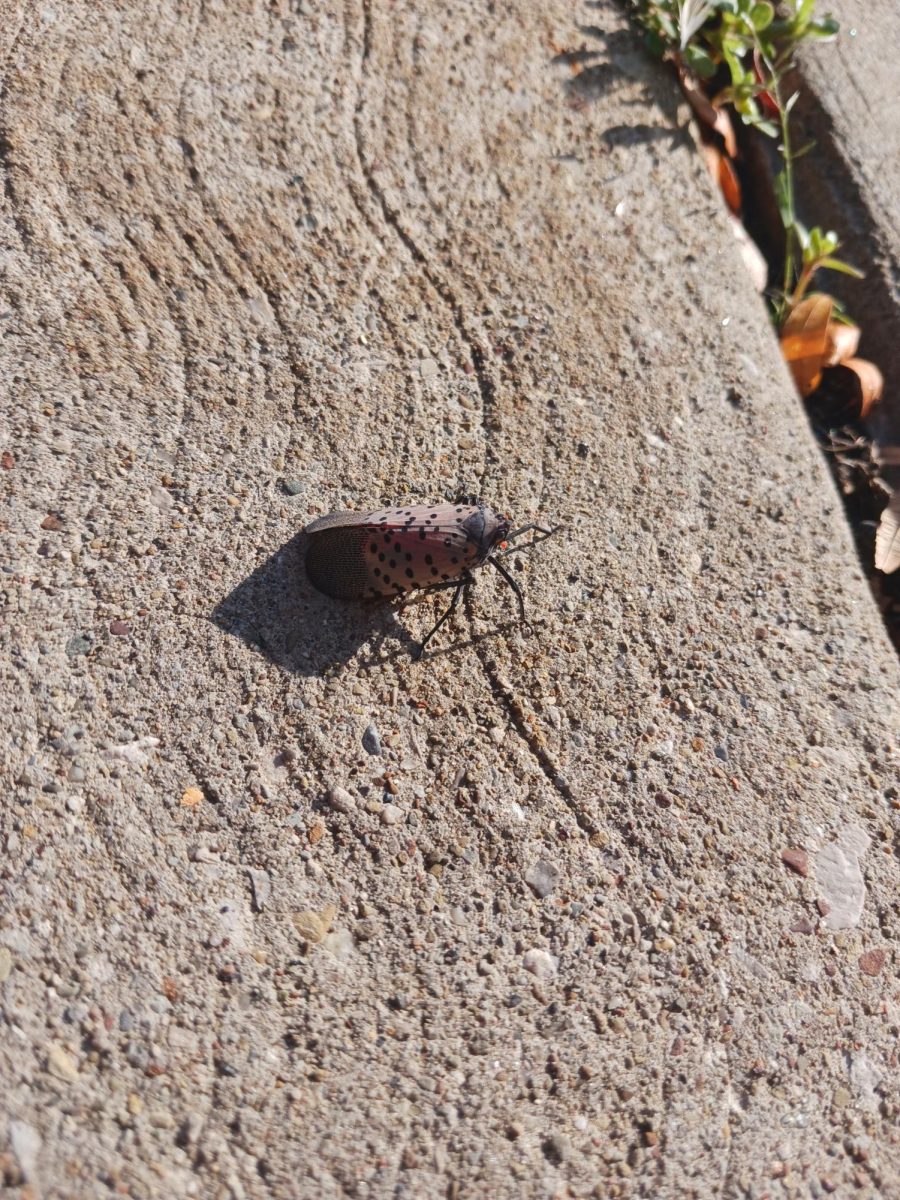What is it? Why is it dangerous?
The spotted lanternfly (SLF; Lycorma delicatula) is a damaging invasive pest. It spreads rapidly by jumping from surface to surface and from plant to plant. Unlike most pests, the lanternfly infests a wide variety of plants, including grapes, walnuts, maples, fruit trees and native forests. If not brought under control, it has the potential to cause extensive economic and environmental harm.
Since it originally arrived in the United States, the bug has migrated along the East Coast and into the Midwest states. These insects are considered plant pests because they excrete a sticky liquid called honeydew, which damages plants and promotes the growth of mold. AP Environmental Science teacher Rita Chahda-Gonzalez said the lanternflies “…leave this sticky, sweet substance, sugary substance, that attracts other insects, so then those insects end up also destroying the plants.”
How to identify them
The spotted lanternfly can be recognized at several stages of life. Adult spotted lanternflies are about 1 inch in length, with gray-colored forewings that are spotted black, and bright red hindwings that are visible as they fly. “They’re very pretty…people don’t even necessarily realize they’re invasive due to that,” said Isabella Dombrowski, a staff member at Lakewood Garden Center.
Their eggs, which resemble dried mud or clay, can lie on tree bark, patio furniture and even automobiles. “As a nymph, they’re tiny, and they’re colorful and pretty and attractive — black and red and white spots,” said Chahda-Gonzalez. She also explained how Lake Erie can affect these eggs by providing optimal climatic conditions for their growth. The climate in the surrounding areas of Lake Erie creates ideal conditions for spotted lanternflies to thrive. “That fresh air coming in off the lake really helps their eggs,” Chahda-Gonzalez said.
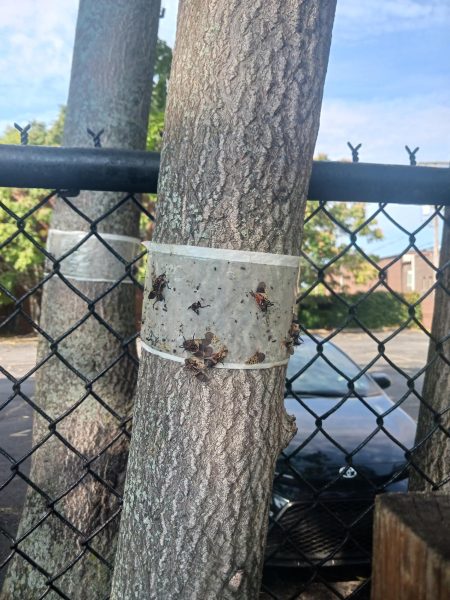
Unfortunately, the primary way spotted lanternflies spread is by hitchhiking on vehicles, particularly those that transport organic materials such as plants and wood. Employees at Lakewood Garden Center also suggest techniques like tree tape and Bt
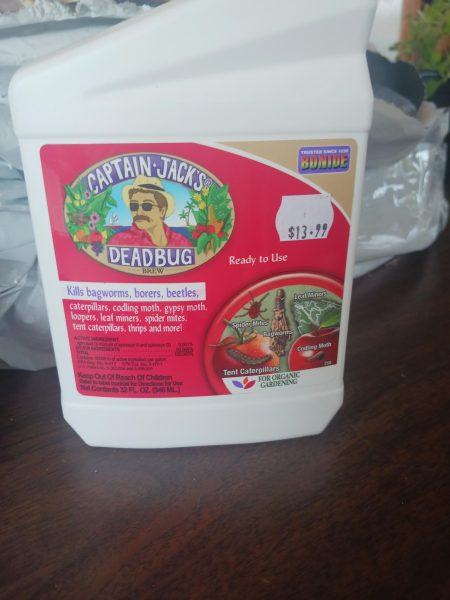
Thuricide spray. “We did find that using this once a week does work, especially when they’re tiny, when they’re the nymph stage,” Dombrowski said. She also addressed the idea that planting milkweed helps repel lanternflies, stating, “That’s completely false.”
What can be done
Female spotted lanternflies deposit eggs from September to December, so this is the best time to attempt to find and destroy egg masses. Eggs can be scraped from surfaces and put in a dish of rubbing alcohol or hand sanitizer. Additional preventative steps involve pulling host plants such as tree of heaven and wild grapevines. Outdoor furniture must also be checked regularly for eggs. Perhaps most importantly, staying informed and ensuring that others in the community are aware can have a significant impact.
Business and economic impacts
The infestation of the spotted lanternfly has already caused a ripple effect on local businesses and industries across the globe, especially those in landscaping and agriculture.
It even impacts business here in Lakewood. “We sold grape vines last year…We did not import any this year because of that. We just don’t feel right passing on that problem to anyone else at this time,” Dobrowski said.
“Think if you have a whole orchard — it can be decimated in a season,” Chahda-Gonzalez said. This rapid and severe destruction can have a devastating impact on farms, leading to significant economic losses for growers and the agricultural industry as a whole.
Grapes are a favorite host of the insect, which has devastated vineyards in Pennsylvania and threatens Ohio’s up-and-coming wine industry, according to the Ohio Department of Agriculture. Horticulture teacher at Lakewood High School, Shannon Snare, emphasized that the pests put people’s livelihoods in jeopardy, adding, “I don’t think people understand the damage they can do to our agriculture, our food crops, and our farmers’ livelihoods.”
Nationally, lanternflies cost growers tens of millions of dollars each year in crop loss, quarantines, and control efforts. “Think if you have a whole orchard — it can be decimated in a season,” Chahda-Gonzalez said. She emphasized that farmers’ livelihoods are at risk and that this threat remains largely unrecognized.
Looking towards the future
Specialists predict that spotted lanternflies will continue to be a problem for years, and complete eradication is unlikely. Chahda-Gonzalez indicated that native predators could help keep the species in check over the long term: “I’m hoping that nature will kind of help regulate itself in a way, and we can get back to…minimal treatments of spraying.” But climate models suggest that with rising temperatures, lanternflies will spread even farther into the Midwest and beyond, threatening more vineyards and orchards. Without increased public awareness, monitoring, and continuous research into effective control measures, the economic and ecological impacts of these invasive pests could persist for decades to come.
Unless there is a concerted public awareness, monitoring, and continuous research into secure control measures, the economic and ecological impacts of these invasive pests could be endured for decades to come, so early intervention and grassroots activity are critical.












